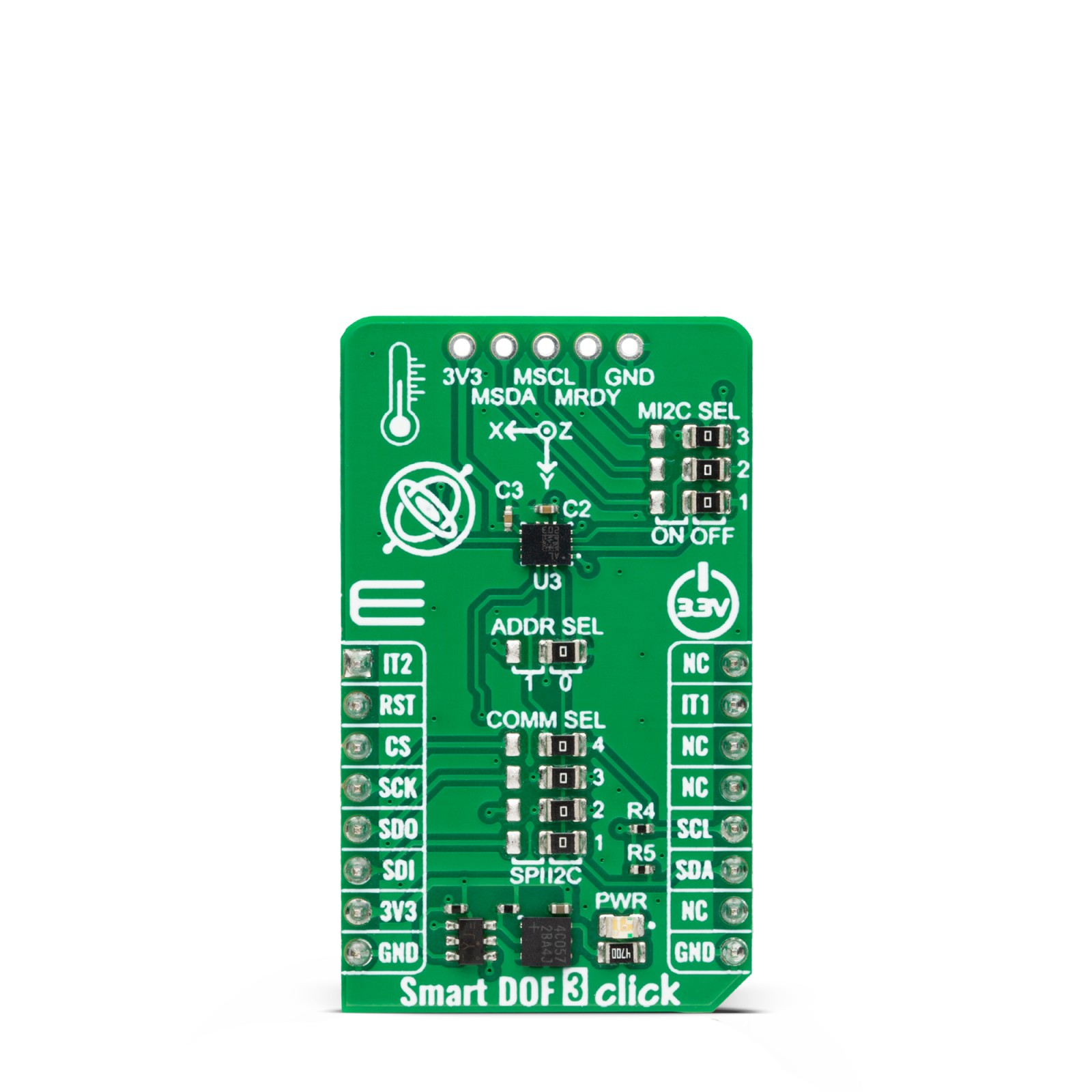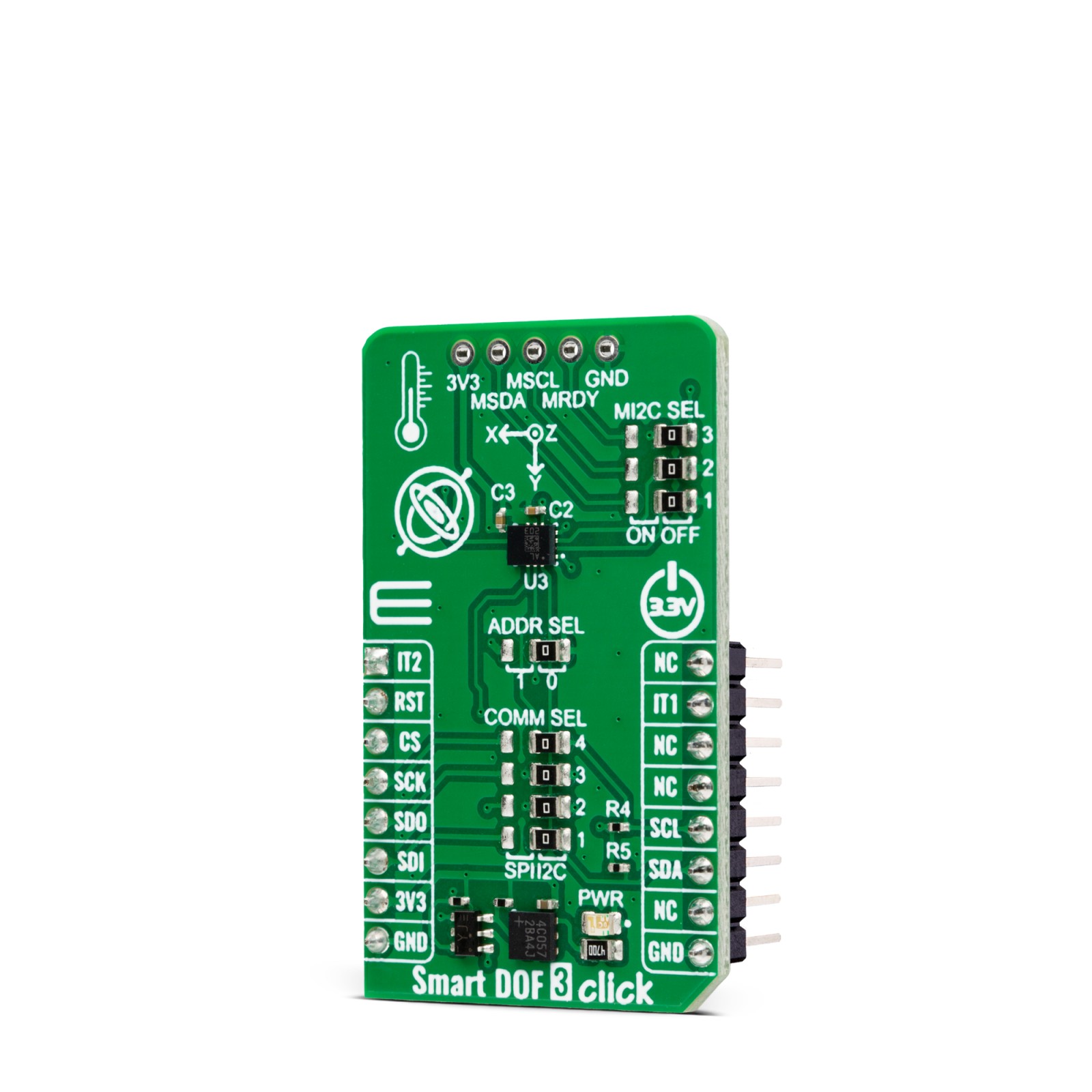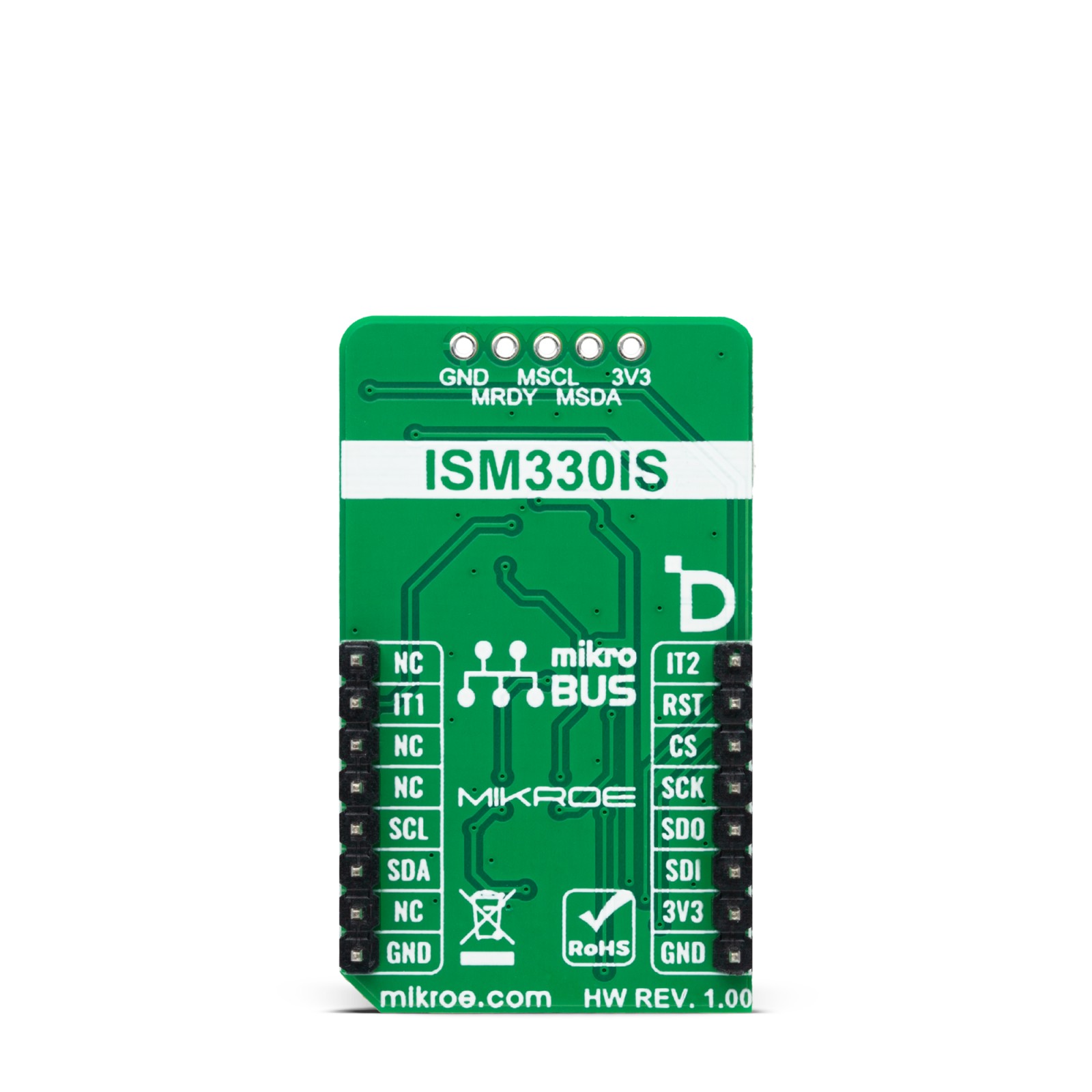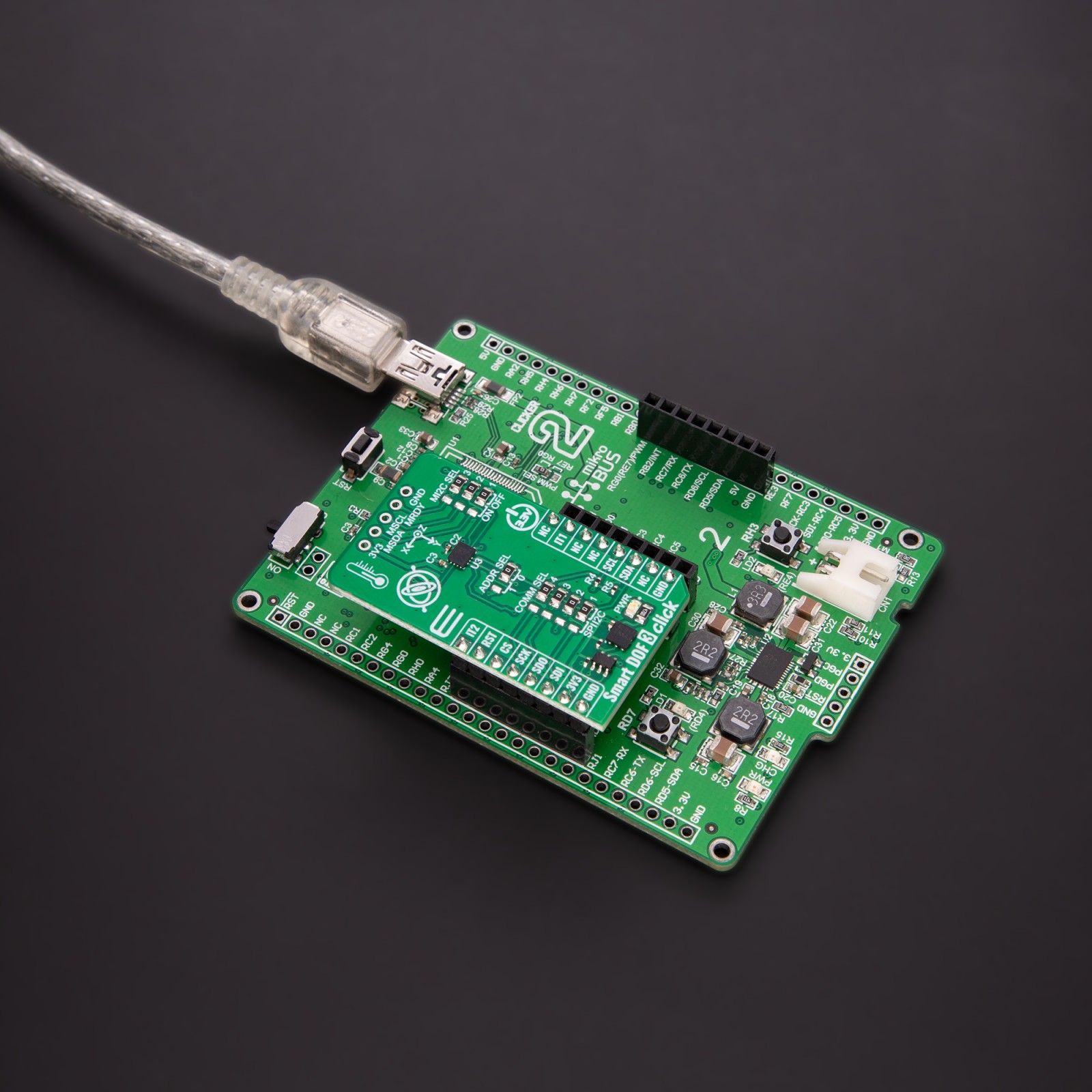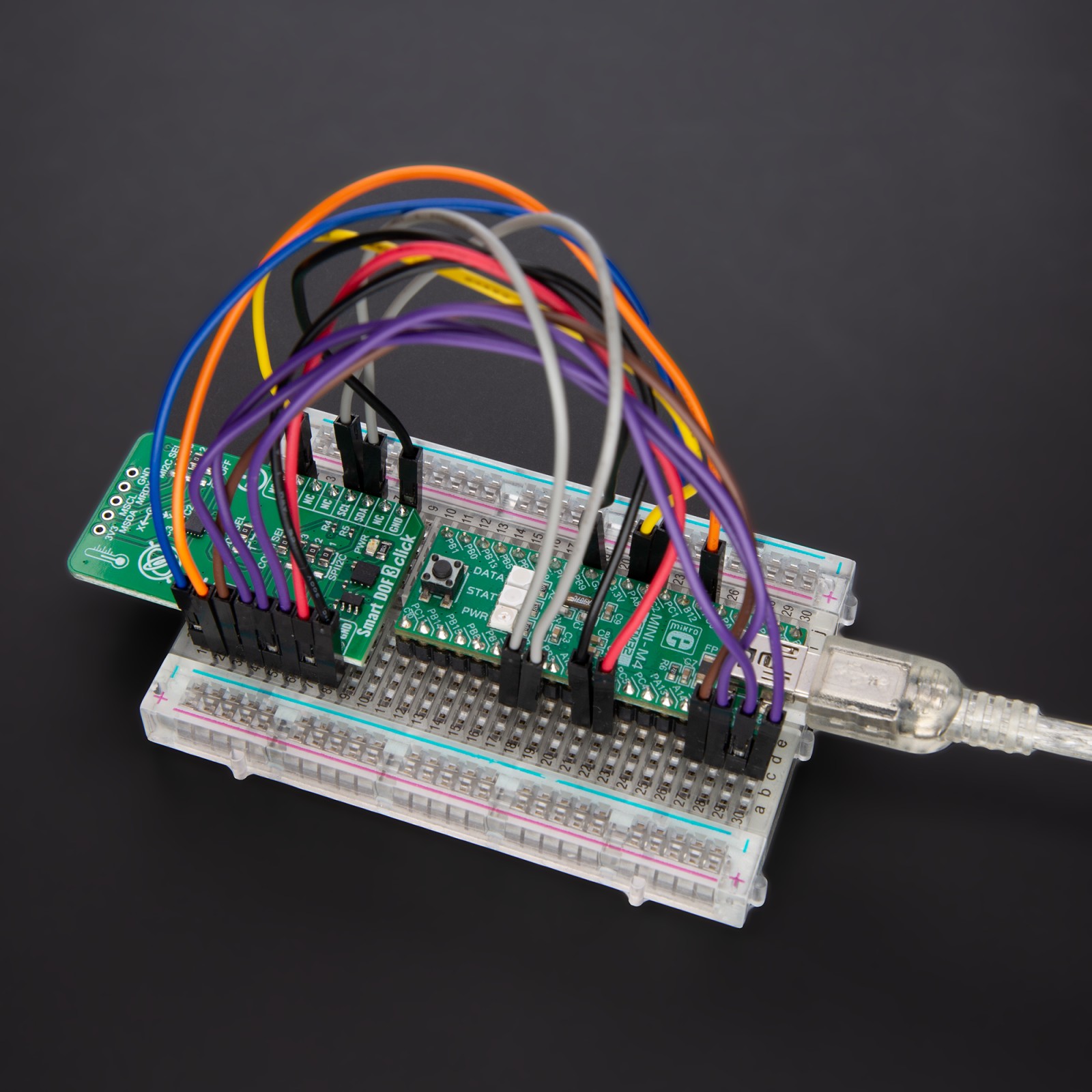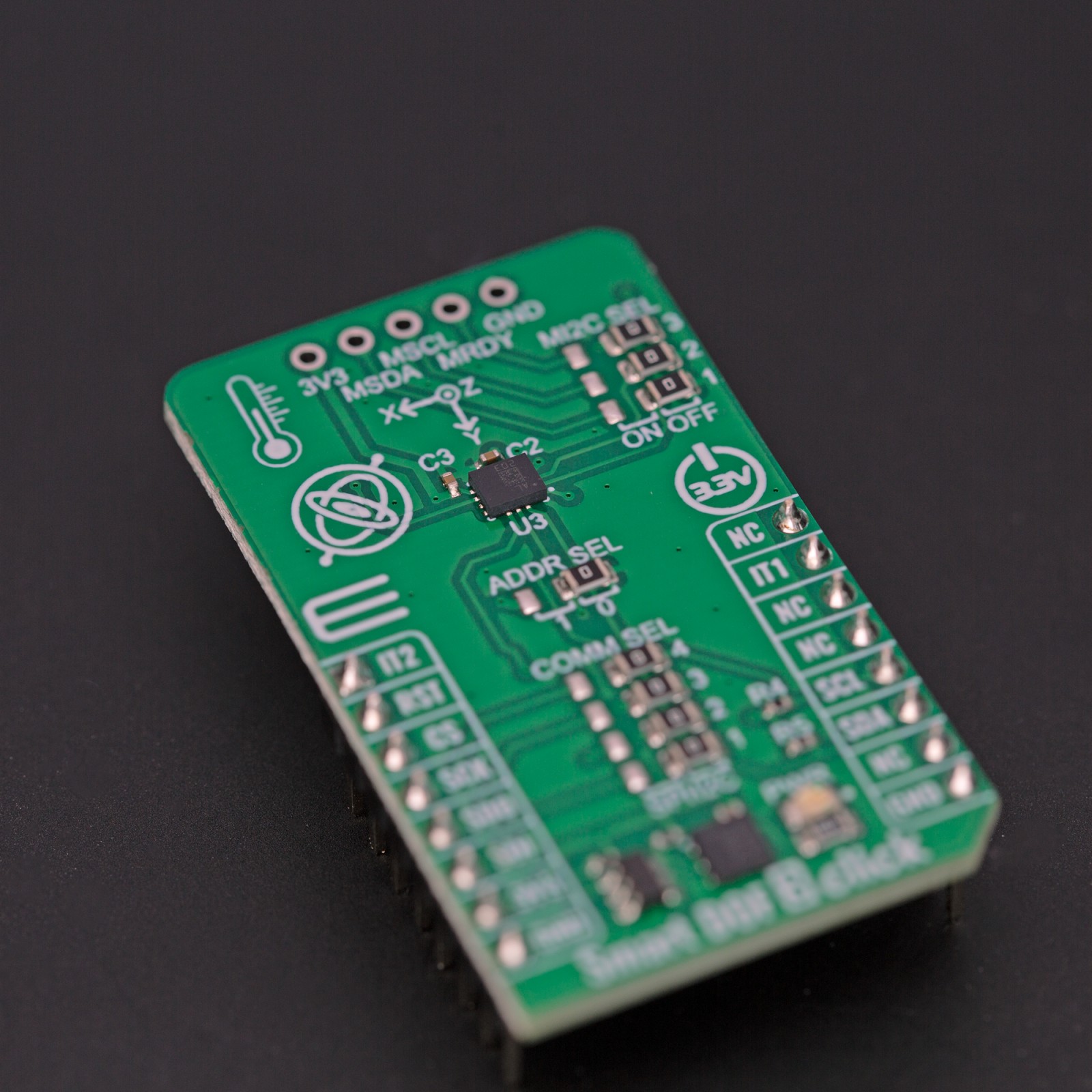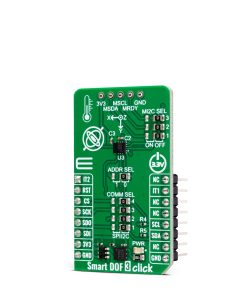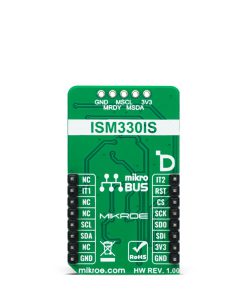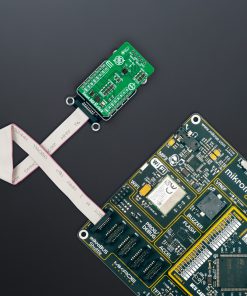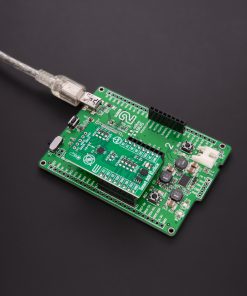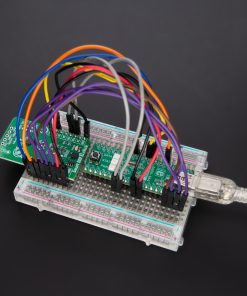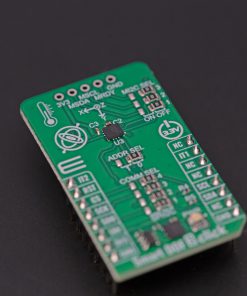-
×
 RS485 Click 5V
1 × R235.00
RS485 Click 5V
1 × R235.00 -
×
 Alcohol Click
3 ×
Alcohol Click
3 × R335.00R301.50 -
×
 Accel Click
1 ×
Accel Click
1 × R355.00R319.50 -
×
 GSM Click
1 ×
GSM Click
1 × R1,050.00R945.00 -
×
 RTC 2 Click
1 ×
RTC 2 Click
1 × R465.00R418.50 -
×
 BEE Click
1 ×
BEE Click
1 × R800.00R720.00 -
×
 RTC Click
1 ×
RTC Click
1 × R390.00R351.00 -
×
 DIGI POT Click
1 ×
DIGI POT Click
1 × R370.00R333.00 -
×
 Alcohol 3 Click
1 ×
Alcohol 3 Click
1 × R710.00R639.00
Subtotal: R4,865.50

